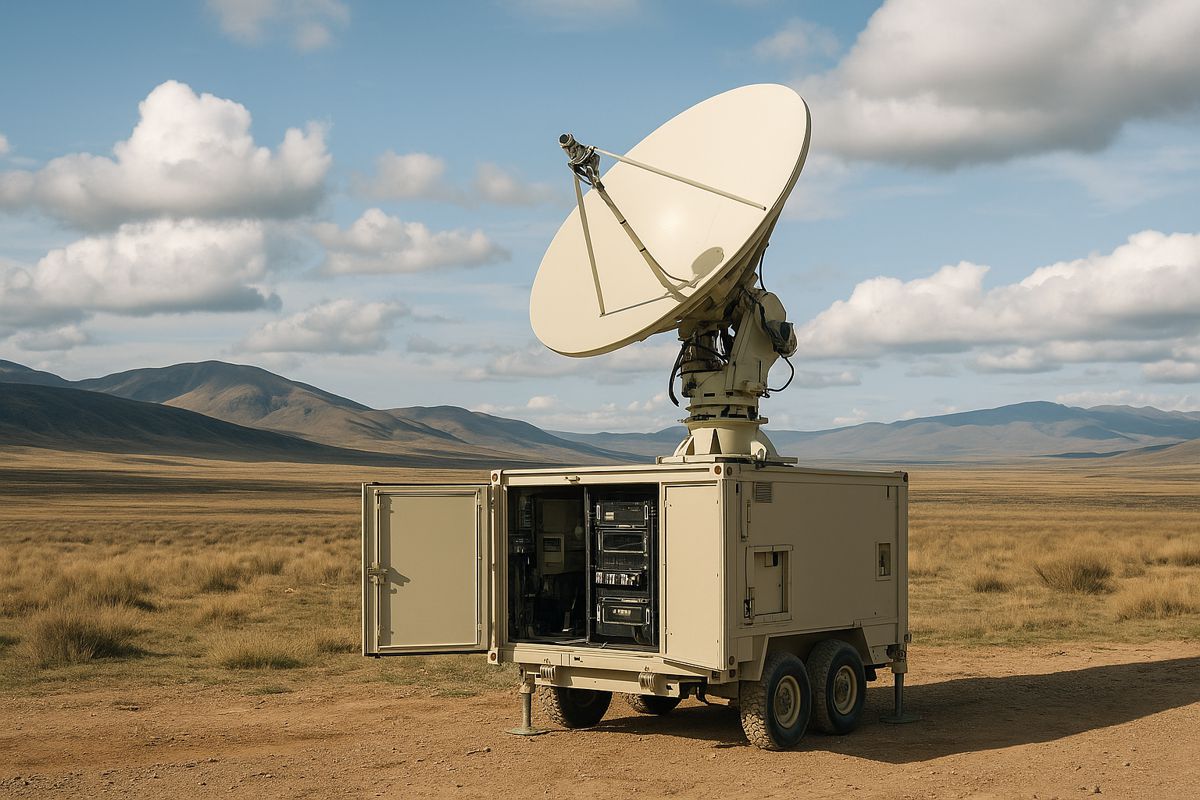Esri enhances 3D GIS Workflows by integrating 3D Tiles into ArcGIS
Organizations in national, state, and local governments; architecture, engineering, and construction (AEC) sectors; and more are implementing 3D workflows for everything from asset monitoring to risk analysis.
People naturally perceive the world in 3D, and when this innate perspective is combined with comprehensive geographic information system (GIS) technology, end users can better understand and interpret complex representations of data and information.
Advances in imagery collection and photogrammetry techniques have increased demand for digital representations of the physical world, or geospatial digital twins. To meet this demand, Esri, the global leader in GIS technology, will integrate 3D Tiles into its ArcGIS software. With the ability to work with a variety of data types, including open 3D data standards, customers can develop innovative solutions like digital twins with greater ease.
3D Tiles enables applications to stream and render massive 3D geospatial content quickly and efficiently. As an open 3D data standard, 3D Tiles is interoperable and widely used by a variety of industries. “Being able to consume and work with 3D Tiles in ArcGIS is very important to many of our customers,” said Patty Mims, Esri director of Business Development, Global National Government. “The pervasiveness of 3D GIS is rapidly increasing, and many organizations are faced with decisions on what standard to adopt and where to invest.”
The upcoming fall release of ArcGIS Pro 3.2 provides users with the ability to consume the integrated mesh and 3D object elements of a 3D Tile tileset from local directories or public services. These tilesets can be combined with other GIS layers such as Indexed 3D Scene (I3S) layers, an alternative open 3D data standard, for use in exploratory tools, analysis, animations, layouts, and more.
“With 3D Tiles seamlessly integrated into the ArcGIS 3D system of record, users can elevate their data beyond a realistic visualization by leveraging the analytic power of a complete GIS,” continued Mims. Allowing users to combine 3D Tiles with other data sources for 3D visualization and analytic workflows is the first of many steps in Esri’s continued commitment to Open Geospatial Consortium (OGC) standards.
ArcGIS enables organizations across diverse sectors to implement a multidimensional system of record by combining geospatial and graph analytics, GeoAI, real-time data, and realistic 3D environments. Along with its integration into ArcGIS Pro, 3D Tiles will soon be published to ArcGIS Online and ArcGIS Enterprise as a tile-hosted service with added support throughout ArcGIS Platform for developers.




















